Something can always be learned by watching other people train and work their horses, especially what not to do. But finding what to do can be a challenge and show up in the most surprising of places. I am not a huge advocate of trainers who specialize in trick training.
Don't get me wrong, I have been teaching my horses to perform various tricks since I can last remember… the key difference is whether that is ALL you do. Certainly not all trainers who specialize in trick horse training focus all of their attention on the tricks, and that is particularly what caught my eye in this video.
What I want to draw your attention to is the horse's high neck posture – it is a vital part of the equation how his trainer is able to ask for and execute such brilliant movements from him. Certainly he doesn't have a Piaffe that will score a ten at the next WEG or Olympics (particularly since he hasn't been trained in Rollkur…) but note the instantaneous jump from Piaffe into standing up on his hind legs and balancing. There is clearly more at work here than mere tricks and I give kudos to this horse and equestrian.
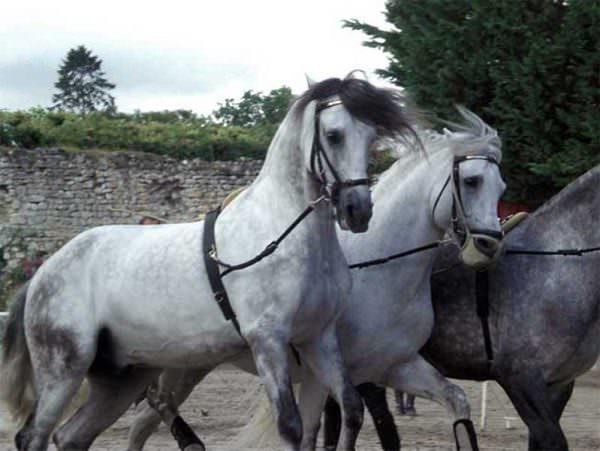

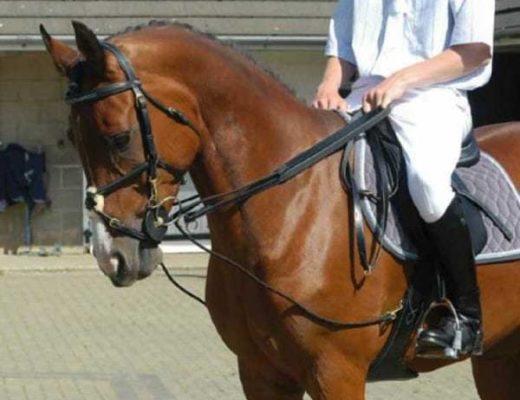
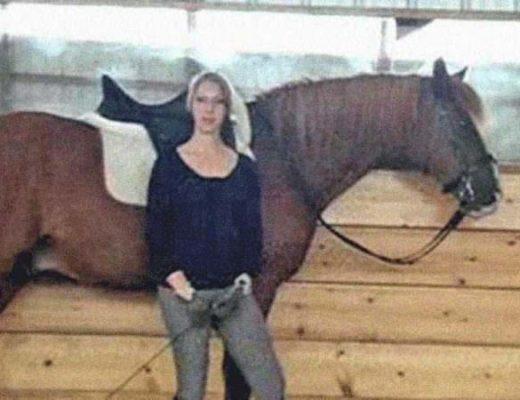
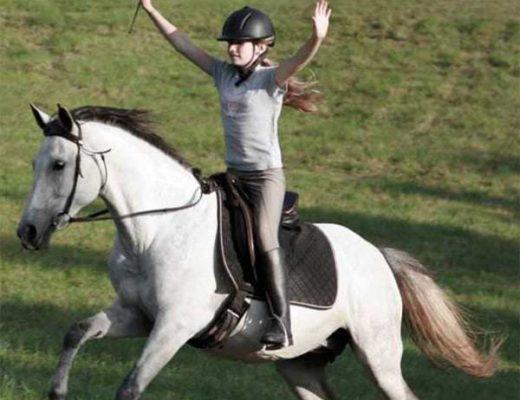
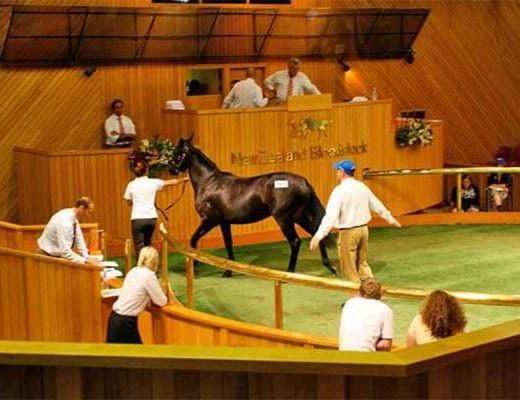
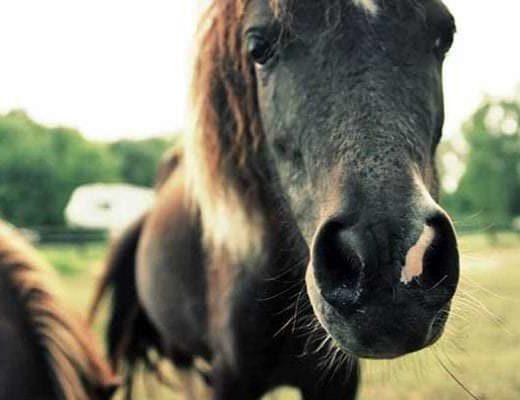
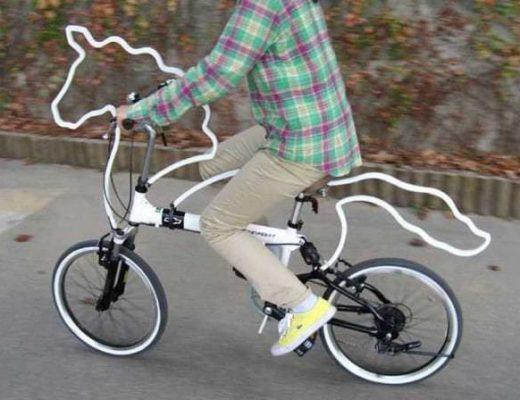
Yes this is myself, Dianne Olds Rossi and the horse is a brilliant
Arabian stallion Cal Dorado. Thank you for your comments they are “right
on” and usually not addressed. Cal Dorado was a small horse so after
performing and having larger horses I decided that the “Longing reining”
was a better choice. He turned out better than expected and he did all
the tricks…..this being Piaffe, Passage, cantor on 3-legs, cantor in
place, high trot etc.I call them tricks but in fact even tricks done
well takes a high degree of knowledge so I do include them in Classical
Rising and not Trick Training. My idea of Trick Training is a horse
rolling a ball, counting, shaking his head yes and etc. This can be seen
most anywhere and certainly takes no great talent
I chose not to
enter the discipline of Competition Dressage but went where my passion
could fly by being a performer. In my earlier career Dressage was very
sloppy to be sure with huge dull warm bloods carried riders hanging on
for dear life with no lightness or gaiety. Piaffes were done by the
rider’s swinging back and forth and the horse begrudgingly swinging his
butt back and forth…Passage was even worse and there was no such thing
as clean transition between Piaffe and Passage. Collection and
conformation that’s another story and I am happy to see that it is
starting to change.
Thank you for posting this lovely horse, he was a pleasure to show and be around, he passed away in 2013 and lived a long and good life.
Take a look if you would like to know more on my performing horses
http://www.worldofdancinghorses.com
Things that encouraged me were that maneuvers were not over exposed and there was evenness between what the front and back legs achieved.